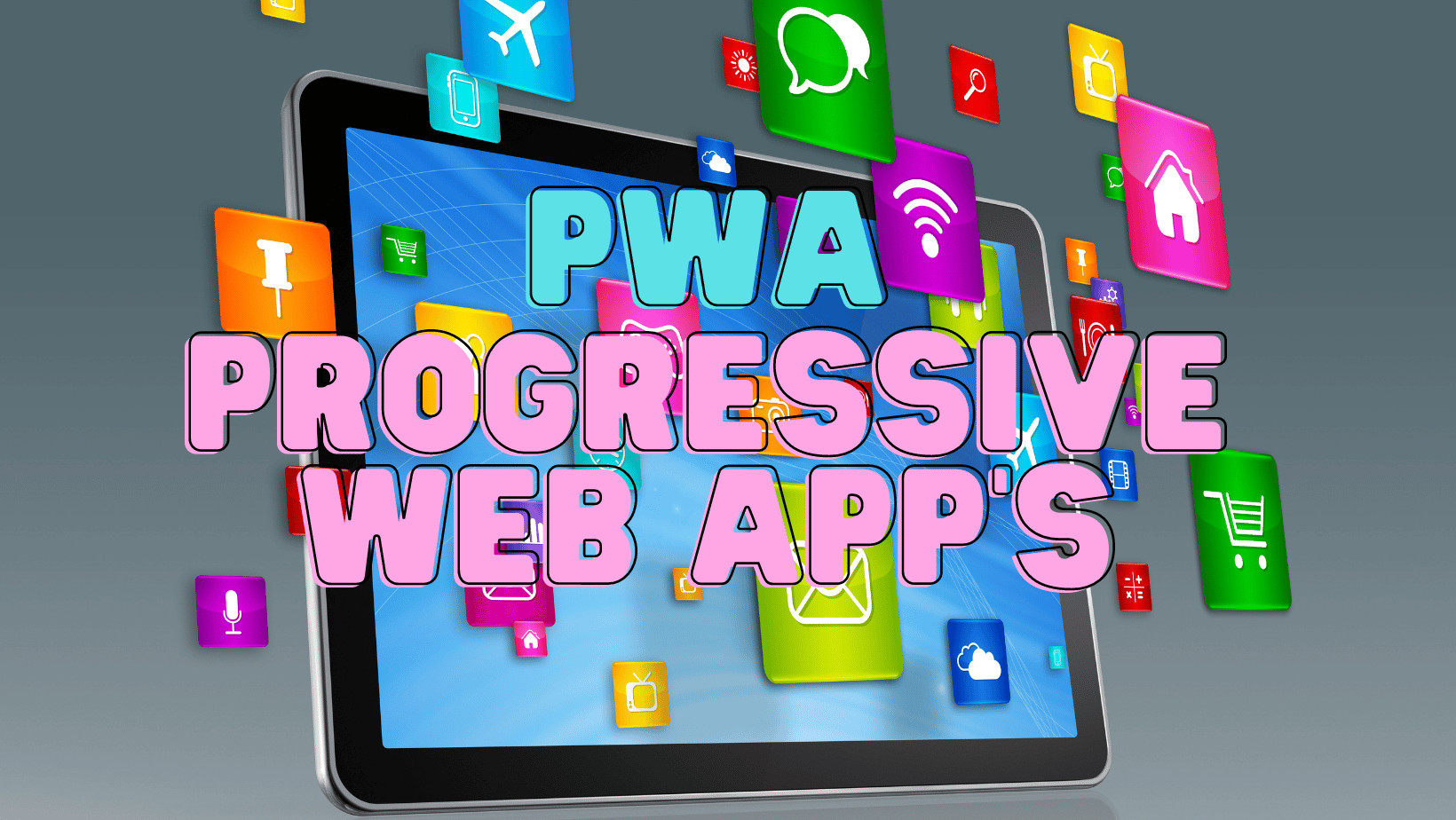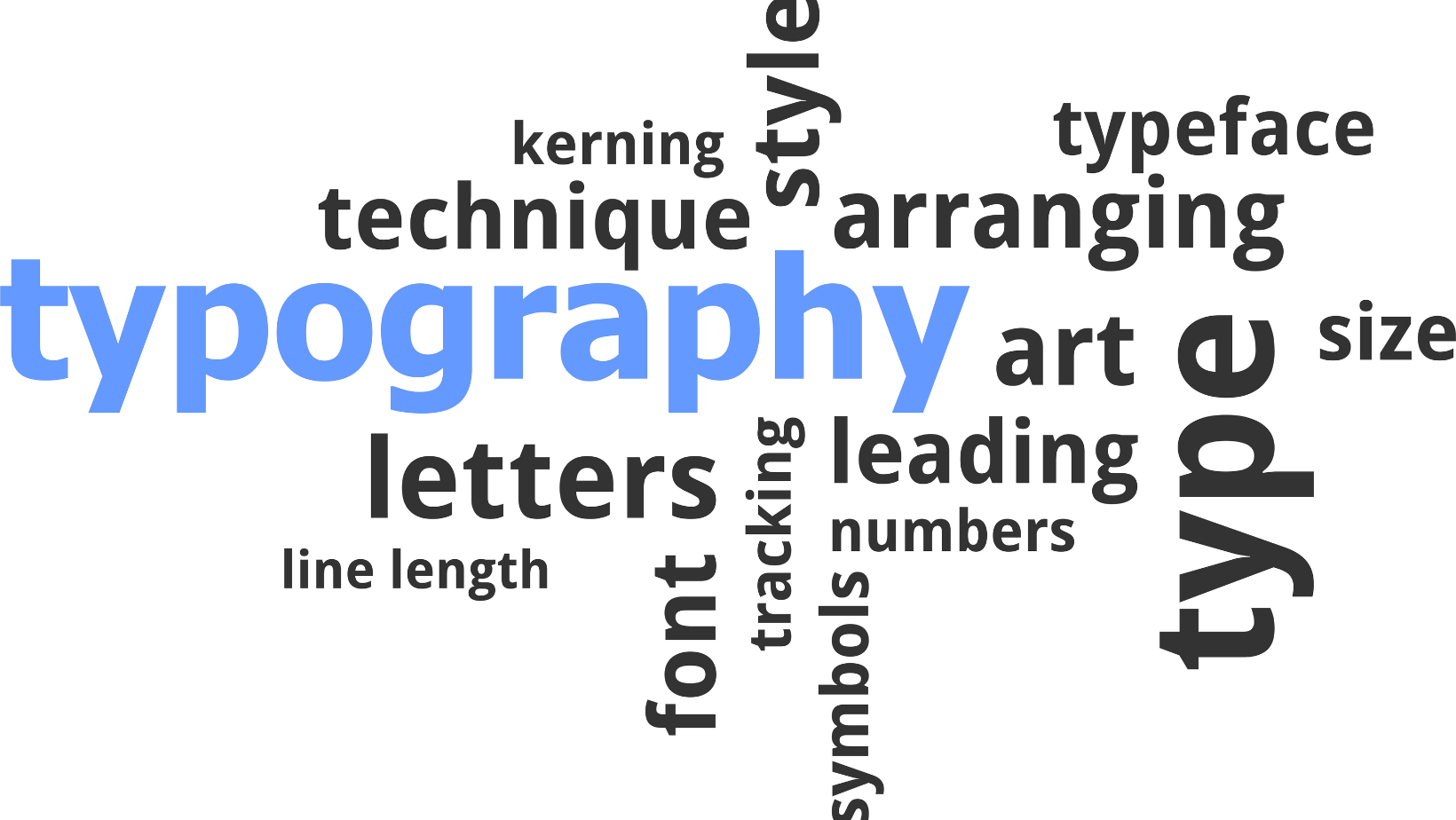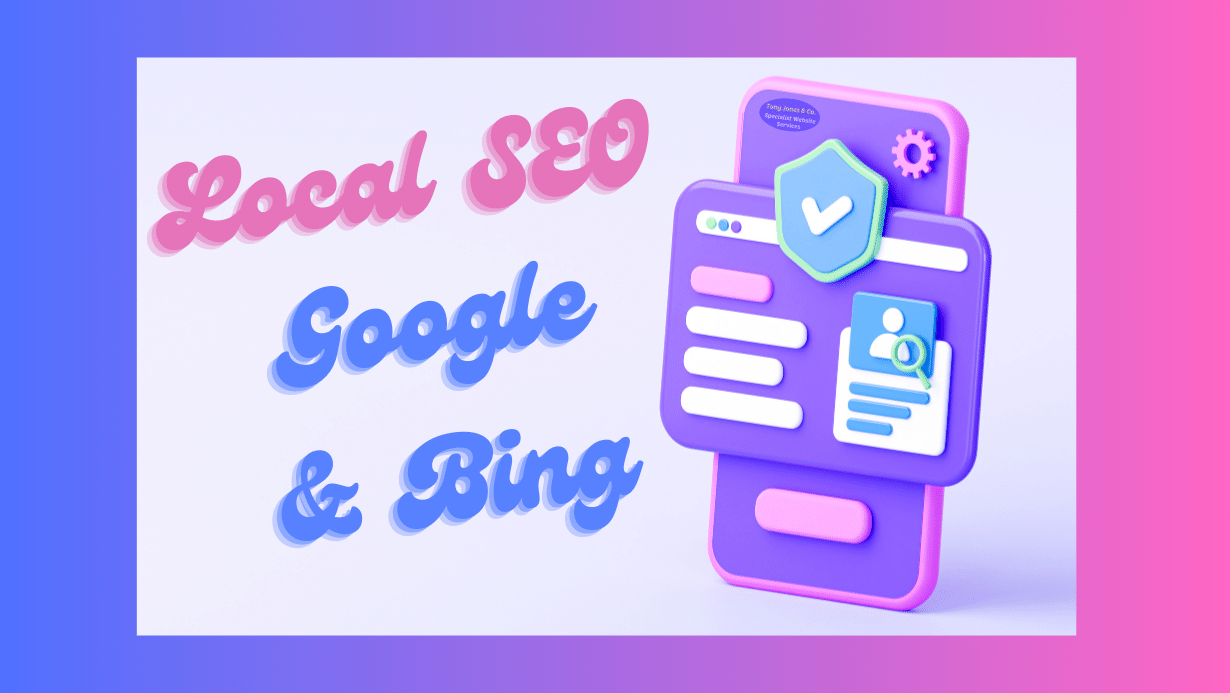Web Designer Wrexham, Professional Website Services - Tony Jones CITP, FBCS.
Enhancing Business Websites with Progressive Web Apps (PWAs)
Introduction to PWA's how they can be used in website design and functionality.

PWAs: Progressive Web Apps
What is a PWA?
A Progressive Web App (PWA) is a web application that leverages the latest web technologies to deliver a native app-like experience to users. Unlike traditional web apps, PWAs are designed to work across different devices and platforms, offering an immersive, fast, and engaging user experience.
Key Features of PWAs
- Responsiveness: PWAs are built to adapt to various screen sizes, providing a consistent experience across desktops, tablets, and mobile devices.
- Fast Loading: PWAs utilize caching techniques to load quickly, even on slow or unreliable networks, ensuring users can access the app instantly.
- Offline Functionality: PWAs can work offline or with a poor internet connection. They store data locally, enabling users to continue using the app seamlessly.
- Push Notifications: PWAs support push notifications, allowing businesses to engage with users and deliver personalized updates.
- App-like Experience: PWAs can be installed on users' home screens, giving them an app-like experience without the need for downloading from an app store.
- High Security: PWAs utilize HTTPS and employ secure coding practices, ensuring data privacy and protecting against cyber threats.
Benefits of PWAs
- Increased User Engagement: With features like push notifications and offline functionality, PWAs enhance user engagement and drive higher user retention.
- Faster Page Load Time: PWAs utilize caching techniques and prioritize critical content, resulting in faster page load times and a better user experience.
- Lower Development and Maintenance Costs: PWAs can be developed and maintained using web technologies, reducing the need for separate development resources for multiple platforms.
- Improved Discoverability: PWAs are discoverable by search engines, enabling broader reach and increasing visibility for businesses.
- Enhanced Conversion Rates: PWAs deliver a frictionless shopping experience, enabling higher conversion rates and increased revenue.
Examples of Successful PWAs
- Twitter Lite: Twitter's PWA significantly reduced loading times and increased user engagement, resulting in a 65% increase in pages per session.
- Flipkart: The Indian e-commerce giant experienced a significant increase in time spent on site and conversion rates after launching their PWA.
- Starbucks: Starbucks' PWA offers an engaging mobile ordering experience, even when users are offline, resulting in improved user retention.
How to Build a PWA
- Design your app with a mobile-first approach, focusing on responsive layouts and fast page load times.
- Utilize service workers to handle offline functionality and enable caching.
- Implement a web app manifest to define the app's appearance and functionality on users' devices.
- Ensure your app meets the PWA criteria such as being served over HTTPS, optimizing performance, and utilizing responsive design.
- Test your PWA across different devices and browsers, identifying and addressing any compatibility issues.
- Optimize the app for search engines, ensuring it is discoverable by users.
Conclusion
Progressive Web Apps (PWAs) have revolutionized the way businesses deliver web experiences to users. By combining the best aspects of web and native apps, PWAs offer a responsive, fast, and engaging user experience. With their numerous benefits and successful examples, PWAs are undoubtedly shaping the future of web development. Embrace the power of PWAs to provide exceptional user experiences and drive business success in the digital world.
Share on:
Questions or further information; please call Tony 07990 797302
About the author Tony Jones CITP FBCS:
An experienced and qualified Web Designer based in Wrexham, a Chartered IT Professional and a Fellow of the British Computer Society.
Contact us
More news and articles: - Websites, Design, SEO, Artificial Intelligence, anything Digital Technology.











